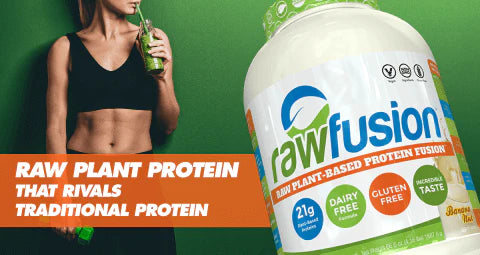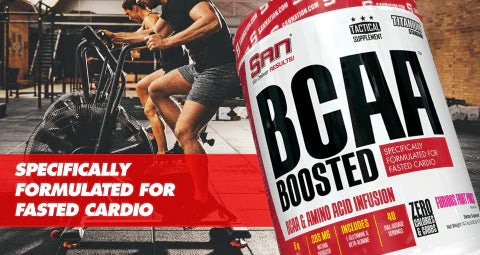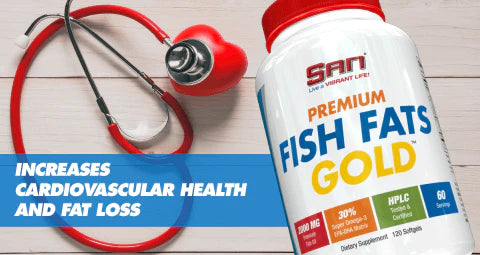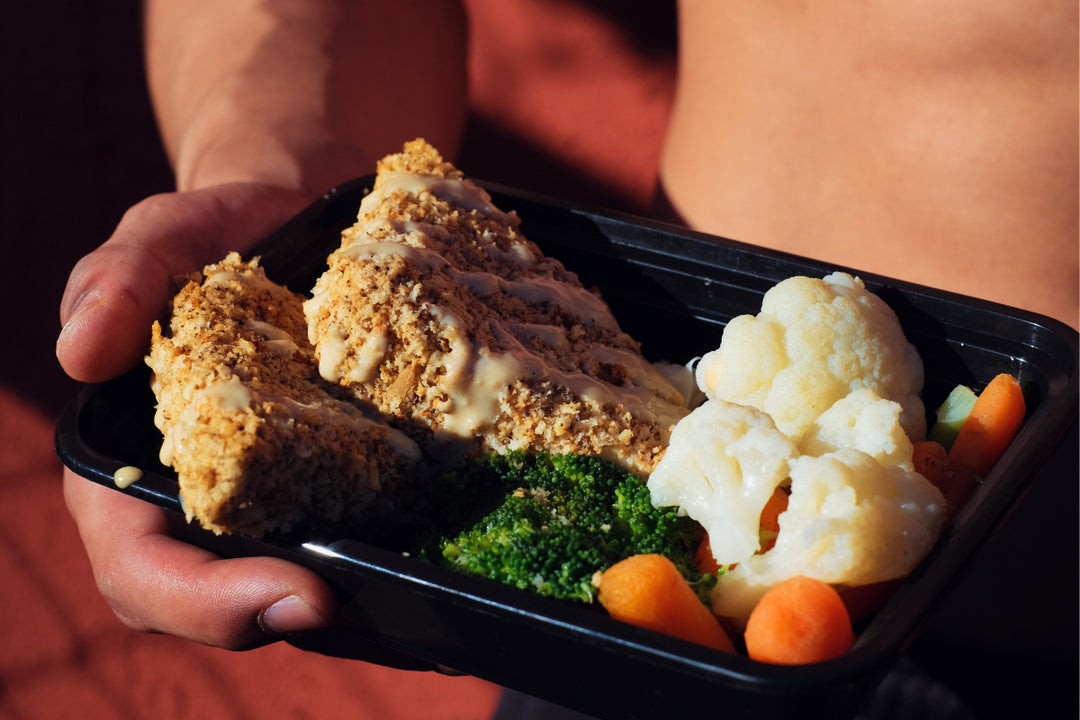Amino acid supplements have been at the top of sports nutrition must-haves for decades, and within that category of building blocks, branched-chain amino acids are considered the holy grail. But to really make the most of any amino acids, you need to optimize your plan for when to take them.
Protein requirements and amino acid intake are almost always in a roller coaster of debate within the fitness community. As far as complete protein from powders or whole foods, there's really no wrong i> time to consume it. Of course, just because there's no wrong time doesn't mean there isn't a best time...
Timing: How to Make the Most of Branched Chain Amino AcidsPlanning your intake of BCAAs takes a bit of planning, but it doesn't have to be overly complicated. Generally speaking, most individual amino acids are best taken on an empty stomach, which would mean approximately two hours after a meal and/or 30 minutes before a meal. That's because taking them with meals can cause those separate amino acids to compete with your dietary protein for receptor sites.That's not the case with branched-chain amino acids, although it's still recommended.
Branched-chain amino acids (BCAAs)
, which include L-leucine, L-isoleucine, and L-valine, can be taken with protein-containing meals, but there is a definite advantage to taking them without other amino acids since they aren't bound to the other aminos, and you can gain the full benefits of optimal absorption.Other Amino Acids: Certain amino acids, such as L-arginine found in nitric oxide formulas, should always be taken without competing proteins to get the full benefit. That means adding your pre-workout drink to a protein shake might mean you're throwing money away and potentially missing out on the benefits of your pre-workout formula.
Why aren't there warnings on bottles? That's because nothing "bad" will happen when combining amino acids with protein-containing meals,” you simply won't be getting the full value of the individual amino acids by doing that. If you want to boost protein intake at your meals, it's better to choose a full-spectrum protein shake.
On the other hand, if you're a vegan struggling to get enough protein or just find yourself eating a meal without any protein, adding amino acids to that meal is a great idea. Plus, if it's a carbohydrate-based meal, you'll also get the advantage of an insulin boost that will improve their absorption, enhancing protein synthesis. Bonus!
For optimal timing and getting the most bang for your nutritional buck, especially with BCAAs, they should be taken on an empty stomach before and during exercise, but between meals is also a good addition.
Branched-chain amino acids immediately after exercise is great, but to get the full benefit of the post-workout window of opportunity, whey protein is your best betat least within 30 minutes after the workout. Plus, whey protein increases insulin levels, so it's one of the best options for your post-workout shake. Of course, there are greatvegan protein sources that can be just as good.
Speaking of insulin, for those times when you just can't say "no" to a sweet treat, take some amino acids at the same time. If you struggle with a sweet tooth, at least take advantage of the insulin spike and use it as an excuse to make the most of your amino acids, but don't use it as an excuse to indulge.













